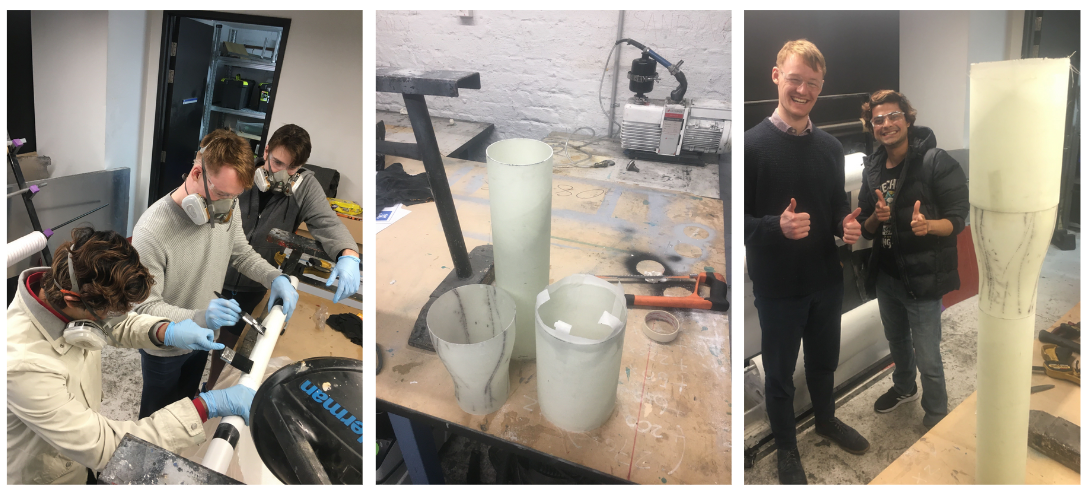¶ A Brief History of ARES
¶ The Early Days
ARES had it's humble beginnings as the university Drones and Robotics Club (referred to at the time as DRC, not to be confused with the Democratic Republic of Congo), founded all the way back in 2016. The disctinct lack of the word 'rocket' in the club's name reflects the distinct lack of any rocket-related business that went on at the time. Little remains of this early proto-ARES, save a few drone corpses in a locked cabinet in the engineering grad lounge. Back then, the organisation was a regular old UMSU-affiliated club, focusing only on boring things like trivia and AGMs.
It should be noted that this period of ARES' history was hardly spent idly passing time, the DRC (not the country) had a member base of over 250 students, ran frequent and high-quality events and outreach programs, and was even the recipient the UMSU Large Club of the Year award in 2019. At the end of 2019, whispers began to spread of a planned engineering division of the club, to construct an entry for the Australian Universities Rocketry Competition (AURC).
Pictured below is an old ad for what is likely the last AGM the DRC (still not the country) ever held under that name.

In late 2019, the club decided to go in a new branding direction, briefly toting the name Aerospace and Robotics Society (ARS). Not quite right! But getting there. (In the photo below you can spot the faces of a few key members, namely our venerable founder Peter Chronas, and Kian Pardoe-Collins, one of ARES' most formidable engineers)

This change was short lived, with the team rebranding to the Aerospace and Rocket Engineering Society (ARES) in early 2020, flaunting this rather questionable logo:
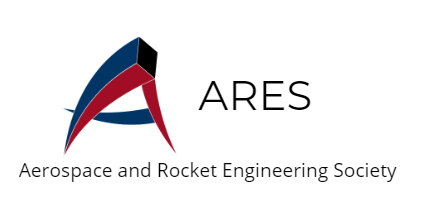
¶ The Rocket Age
Along with this logo change came the founding of the club's rocket team, brought into this world with the goal of competing in the 2020 AURC. This entry to the competition was creatively named 'Project ARES', and aimed to be the club's first ever team-built. At the beginning of 2020 the engineering division of ARES was around 25 members strong, split into a whopping four subteams (avionics, internal structures, aerodynamics, and simulations).
Despite their enthusiasm, the group faced significant hardship due to the team's inexperience and the Covid-19 pandemic. In an early presentation on Project ARES, the team listed their challenges as having no access to campus, workshops, or launch sites, having zero members with L1/L2 certification, having zero proof of concept launches or general launch experience, and zero access to unimelb staff/industry expertise. Rough!
At this time, the team rebranded to what is arguably ARES' most iconic logo, in the original light blue:
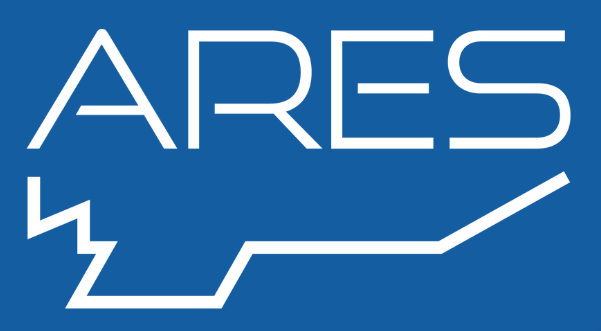
Despite the many challenges facing them, the newly founded rocket team successfully competed in the AURC (bringing home no accolades), presenting a design of a rocket that the team was unable to manufacture.
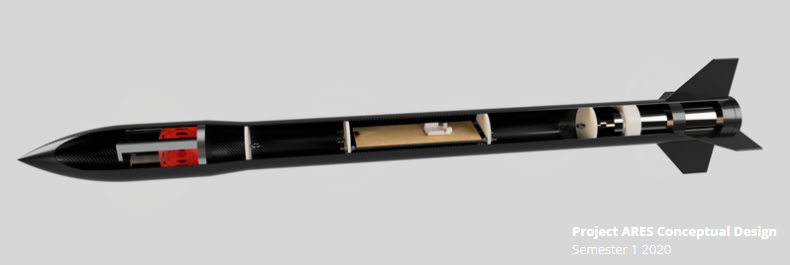
Whilst ARES' introduction to student rocketry was far from smooth sailing, those early pioneers had set in motion a greater destiny for the team as a whole. Still running off the buzz of working together in a team to design a truly beautiful piece of engineering, the team set their sights on the biggest challenge they could: the Spaceport America Cup.
¶ The Spaceport Era
Take what's written here with a grain of salt, more research needs to be done here on exactly when the team decided to take on spaceport. It seems that Phobos may have initially been a rocket that was planned to be launched in Australia, which may have evenutally evolved into Big Blue. The name Phobos was then possibly recycled for the SAC entry.
Once a year, the barren New Mexican desert comes alive, transforming from a expanse of hot sand and rattlesnakes into a thriving commune populated by thousands of wide-eyed engineering students all vying for the coveted Spaceport America Cup: the premier trophy in all of student rocketry world-wide.
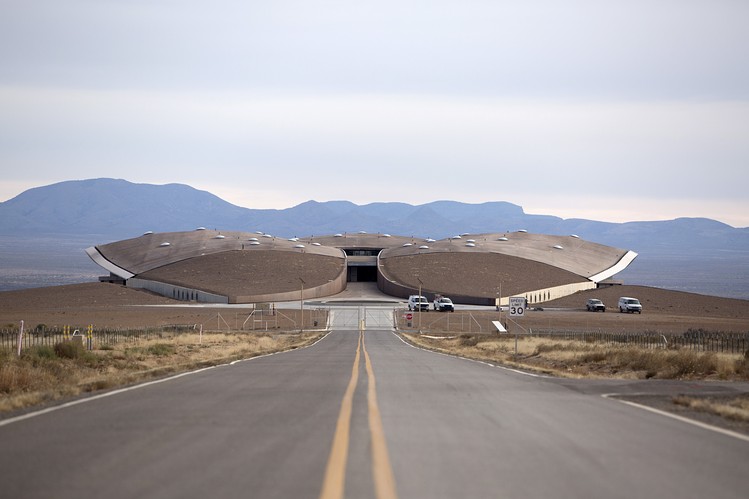
This competition attracts hundreds of teams from all over the world, including universities of the likes of MIT and Stanford. The allure of it all: the gruelling journey, the desert heat, the sleep deprivation, the frenzy of desperately trying to getting a rocket ready to launch in a dorm room in Las Cruces, was simply too much for our young protagonists to resist. Plans began in early 2021 to construct (and actually build this time) a new rocket, by the name of Phobos.
Due to the ongoing pandemic, no hands on work could be achieved for the forseeable future. This, however, did not impede the team from getting to work design a concept for what the team's first Spaceport entry. Pictured here is an early design of Phobos from March 2021, almost unrecognisable from her final form:

As the scope of the project expanded, the team was forced to grow and develop. Soon came the addition of an operations and logistics team, as well as changes to the rocket design that started to show the project taking shape.

In July-August of 2021, the team began its first foray into composites manufacturing, starting to build some of the first parts of the above rocket design.
